The Evolution of Technology
The pre - technological period, in which all other animal species remain today aside from some avian and primate species was a non-rational period of the early prehistoric man.

The emergence of technology, made possible by the development of the rational faculty, paved the way for the first stage: the tool. A tool provides a mechanical advantage in accomplishing a physical task, such as an arrow, plow, or hammer that augments physical labor to more efficiently achieve his objective. Later animal-powered tools such as the plow and the horse, increased the productivity of food production about tenfold over the technology of the hunter-gatherers. Tools allow one to do things impossible to accomplish with one's body alone, such as seeing minute visual detail with a microscope, manipulating heavy objects with a pulley and cart, or carrying volumes of water in a bucket.

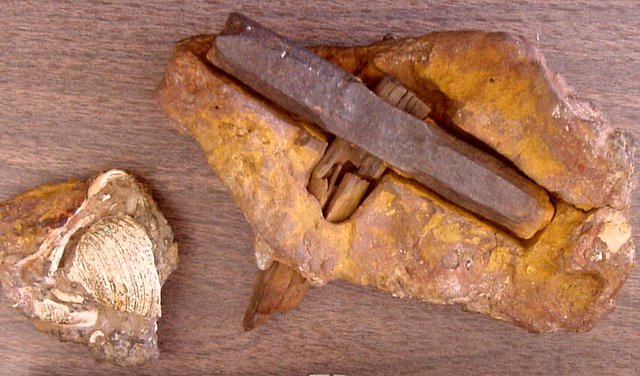
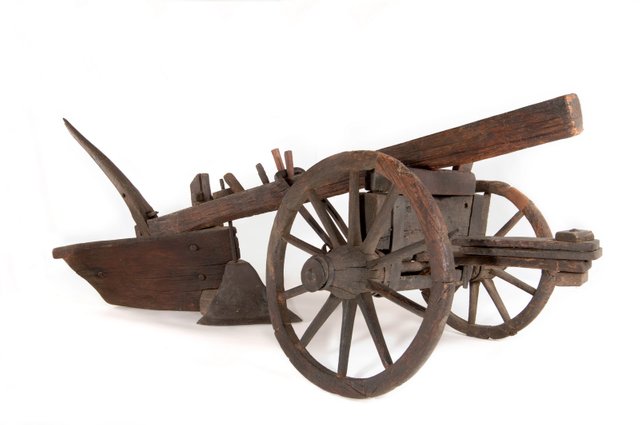
The second technological stage was the creation of the machine. A machine (a powered machine to be more precise) is a tool that substitutes the element of human physical effort, and requires only to control its function. Machines became widespread with the industrial revolution, though windmills, a type of machine, are much older.
Examples of this include cars, trains, computers, and lights. Machines allow humans to tremendously exceed the limitations of their bodies. Putting a machine on the farm, a tractor, increased food productivity at least tenfold over the technology of the plow and the horse.
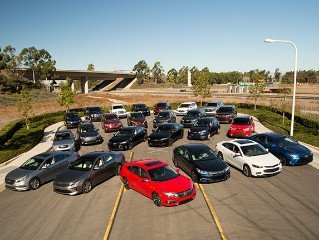
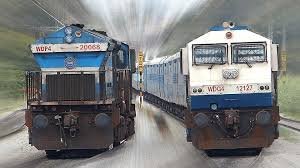
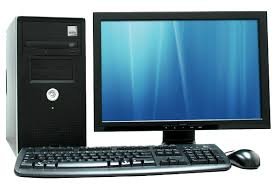

The third, and final stage of technological evolution is the automation. The automation is a machine that removes the element of human control with an automatic algorithm. Examples of machines that exhibit this characteristic are digital watches, automatic telephone switches, pacemakers, and computer programs.


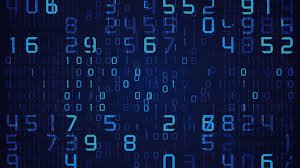
It's important to understand that the three stages outline the introduction of the fundamental types of technology, and so all three continue to be widely used today. A spear, a plow, a pen, and an optical microscope are all examples of tools.